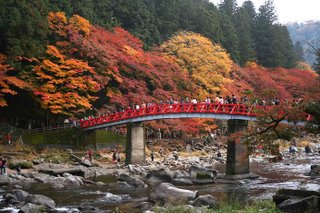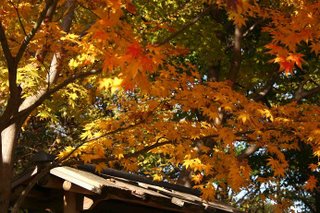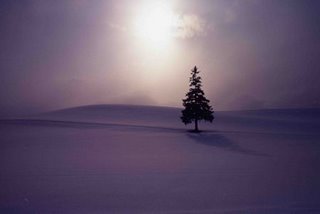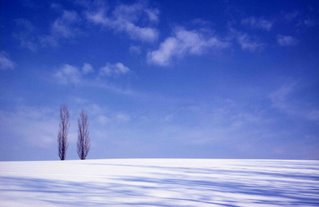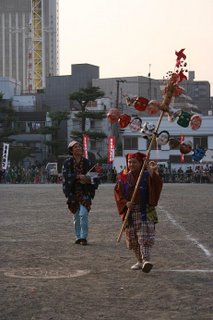Today I visited Kamakura to see how the leaves are changing the color, especially at Shishimai Trough, my best spot for autumn viewing in Kamakura. It’s early. This year it has been warm and sometimes it was raining heavily and the wind was blowing hard. Many gingko leaves at Shishimai Trough have fallen down before turning yellow. Maple leaves are still green; I am looking forward viewing the maple leaves turning red.
I strongly recommend the foreign tourists visit Kamakura. The reasons are:
1) Near from Metropolitan Area (One-hour train)
2) Atmosphere of Ancient Capital (There are many temples, shrines, and historical sites.)
3) Variety of Places; Hills, Island, and Sea (There are several hiking courses with beautiful sceneries.)
Do you know who is the first Samurai Governor of Japan? Answer is:
>>>> Yoritomo Minamoto
I will briefly explain why samurais come out.
In 10th century it became clear that the ancient governance by the Emperor was imploding. Local ruling families were developing and increasing their land. They armed for protecting their land. There were disputes between them and the local government. Some of the noble families who were appointed as a local officer continued to live at their post after their term expired. They were gradually growing to make a samurai group. Understand?
(Today's Gingko at Hachimangu Shrine)
(Gingko at Shishimai Trough)
 (Maple Tree at Shishimai Trough)
(Maple Tree at Shishimai Trough) (Face)
(Face)
